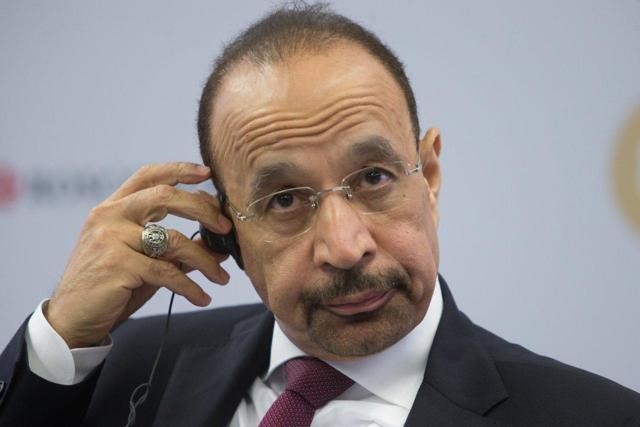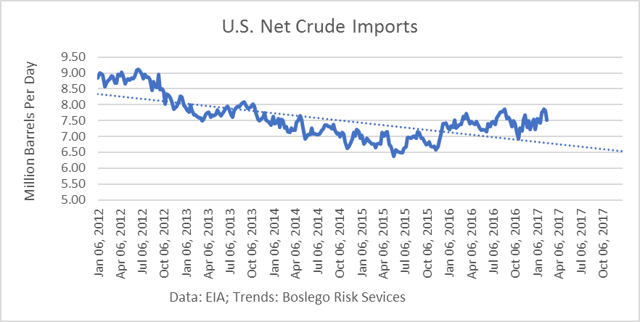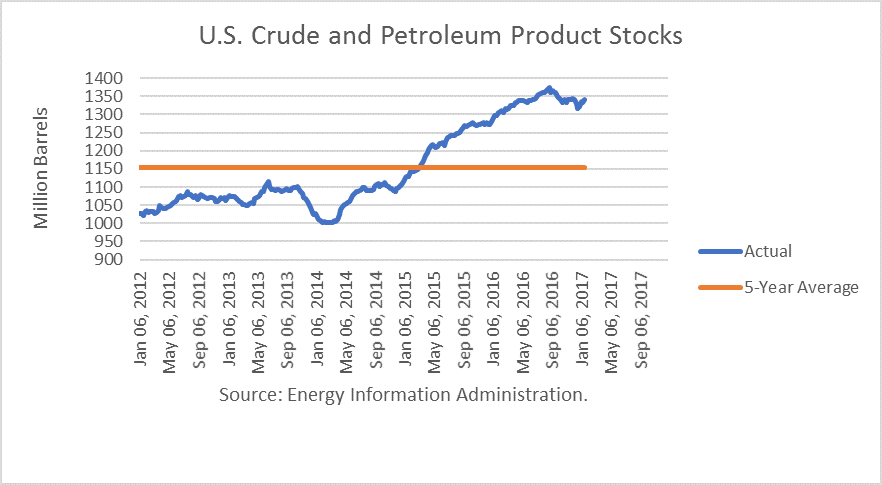
OPEC’s market monitoring committee reported that OPEC reached “120% compliance” with the production adjustments. It also reported that commercial OECD stocks had been reduced by 178 million barrels “since the beginning of the year.”
In reality, OPEC exceeded its collective production limit by about 850,000 b/d in September. It reported production at 32.748 million barrels per day, but that level must be adjusted to be comparable to the 32.5 million production ceiling it set last November.
To get a comparable figure, two adjustments must be made. Production from Indonesia must be added (740,000 b/d) because its output was included in the ceiling, notwithstanding it was dropping out. And production from Equatorial Guinea (140,000 b/d) must be deducted because it was not an OPEC member and its output was not included. Continue reading "OPEC's Fake Results and Upcoming Quagmire"



